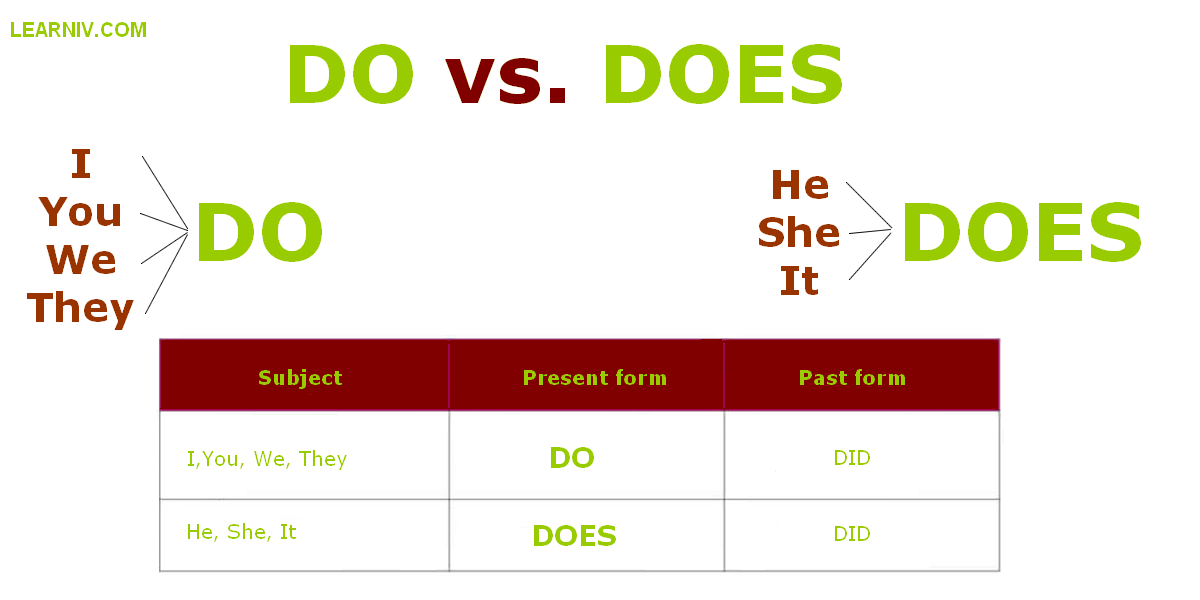April Greiman’s Early Influences: Mediums that Shaped a Design Pioneer in the 1970s
Introduction: The Creative Landscape of the 1970s
April Greiman emerged as a transformative figure in graphic design during the 1970s-a period marked by both the dominance of the International Typographic Style and the first stirrings of postmodern experimentation. Her early career was defined by a willingness to explore new mediums and challenge established conventions, setting the stage for her later status as a pioneer of digital and postmodern design.
[1]
Formal Training and Early Artistic Influences
Greiman’s foundation was built at the Kansas City Art Institute, where she was first introduced to the principles of Modernist design. Seeking further refinement, she pursued postgraduate studies at the Basel School of Design in Switzerland, where she studied under influential figures like Armin Hofmann and Wolfgang Weingart. In Basel, she was exposed to the International Typographic Style-characterized by clean layouts, sans-serif typefaces, and a rational use of grids.
[4]
However, Greiman did not simply adopt these principles. Instead, her exposure to Weingart’s New Wave experiments at Basel encouraged her to question the rigidity of Modernism, opening her creative practice to unconventional uses of type, collage, and visual texture.
[4]
Actionable Steps to Explore Foundational Design Styles
- Study the history and visual language of the International Typographic Style through books and online archives from established design schools.
- Experiment with grid-based layouts, then intentionally break those grids to explore New Wave aesthetics.
- Seek workshops or online courses that emphasize both Modernist and postmodern design strategies.
Experimental Mediums: Collage, Photography, and Mixed Media
During the 1970s, Greiman gravitated toward mediums that allowed for experimentation and synthesis. Collage became a central technique, enabling her to combine photographic imagery, hand-drawn elements, and layered textures. She frequently collaborated with photographer Jayme Odgers, and together they produced landmark works-such as the 1978 CalArts poster-that blurred the boundaries between graphic design, fine art, and commercial photography.
[3]
Their work on
Wet
magazine, an avant-garde publication from Los Angeles, showcased a willingness to combine offbeat art, experimental layouts, and vibrant color palettes. This editorial setting provided a laboratory for breaking conventional design rules and integrating diverse visual media.
[3]

Source: view.genially.com
Applying Collage and Mixed Media in Your Practice
- Start by collecting visual materials-photographs, magazine clippings, digital images, and textures.
- Experiment with layering, transparency, and scale to create compositions that challenge traditional hierarchy.
- Consider collaborating with photographers or artists from other disciplines to expand your creative toolkit.
If you want to explore more about collage techniques, you can search for online tutorials, university art programs, or local workshops focusing on mixed media art and design. Using search terms like “collage workshop” or “mixed media design course” can help you locate opportunities in your area.
Technological Exploration: Early Digital Tools and Analog Innovation
While the use of computers in design was controversial in the 1970s, Greiman was among the first to see their creative potential. She rejected the prevailing belief that technology would diminish the integrity of design, instead embracing the possibilities of emergent digital processes. Even before the widespread adoption of the Macintosh, her work displayed an affinity for randomness and texture, qualities often achieved through manual layering and analog manipulation.
[1]
After moving to Los Angeles, Greiman gained access to synthesizers, video equipment, and early computer systems at the California Institute of the Arts, further fueling her interest in integrating technology into art.
[4]
How to Begin Experimenting with Technology in Design
- Research the history of digital design tools, such as the Quantel Paintbox and early Apple Macintosh systems, to understand their influence on modern workflows.
- Explore free or trial versions of current design software (like Adobe Creative Cloud) and experiment with layering, digital collage, and typography.
- If you’re interested in video or sound synthesis, look for online courses or community college classes that offer access to professional equipment.
To find resources, consider searching with keywords like “digital art history resources,” “early computer graphics workshops,” or “experimental video art classes.” Many universities and local arts organizations may provide public lectures or short courses on these topics.

Source: losangeles.aiga.org
Cultural Context: The California New Wave and Editorial Innovation
Greiman’s move to Los Angeles in the mid-1970s was pivotal. The city’s creative energy and openness to new ideas allowed her to connect with other innovators, especially Jayme Odgers. Their collaboration produced works that defined the “California New Wave”-a movement marked by bold color, diagonal type, and an eclectic mix of media.
[2]
Wet
magazine is often cited as a case study in this regard. Its editorial design was unconventional, embracing absurdity, humor, and countercultural themes. Greiman’s work for the magazine included unpredictable layouts, scattered typography, and a playful disregard for established rules.
[3]
How to Access Archival and Editorial Design Inspiration
-
Visit academic libraries or art school archives to study past issues of influential magazines like
Wet
or design annuals from the 1970s and 1980s. - Search for gallery exhibitions or museum retrospectives on the California New Wave or postmodern graphic design.
- Use online platforms from established organizations such as AIGA or the Cooper Hewitt Smithsonian Design Museum for virtual archives and recorded talks.
Often, these resources are accessible through official institutional websites, but you may need to request access or visit in person for complete archives. Look for public programming or digitized collections using targeted searches like “California New Wave graphic design archive.”
Challenges, Solutions, and Alternative Pathways
Greiman’s experimental approach was not without challenges. The resistance from traditionalists-who viewed both new technology and postmodern aesthetics with skepticism-meant she often had to defend her techniques and justify her choices. She overcame these obstacles by building a body of work that demonstrated the power of experimentation, collaboration, and cross-disciplinary thinking.
[1]
For designers seeking to emulate Greiman’s innovative spirit today, the key is to balance foundational skills with a willingness to disrupt conventions. Alternative pathways include combining analog and digital tools, collaborating across creative fields, and seeking mentorship from artists whose work challenges norms.
Summary: Key Takeaways for Today’s Designers
April Greiman’s early career was shaped by:
- Formal training in Modernist and New Wave design , particularly at the Basel School of Design
- Embrace of collage, photography, and mixed media as central creative mediums
- Early adoption of technology , including digital tools and video equipment
- Participation in the California New Wave , defined by editorial innovation and visual experimentation
To explore similar avenues, consider seeking out local or online design courses, collaborating with artists from other disciplines, and studying archival works from the 1970s and 1980s. If you are interested in the intersection of technology and design, many universities and arts organizations offer public programs or continuing education courses in digital media and experimental art. When searching for resources, use precise terms like “postmodern graphic design workshops,” “collage art classes,” or “editorial design archives.”
References
- [1] Wikipedia (2024). April Greiman – Career and influence.
- [2] AIGA Eye on Design (2019). April Greiman is still ahead of the curve.
- [3] Kutztown University Library (2019). April Greiman: Design Pioneer.
- [4] DesignCrowd Blog (2025). Spotlight on April Greiman: Redefining Art & Design in the Digital Age.



